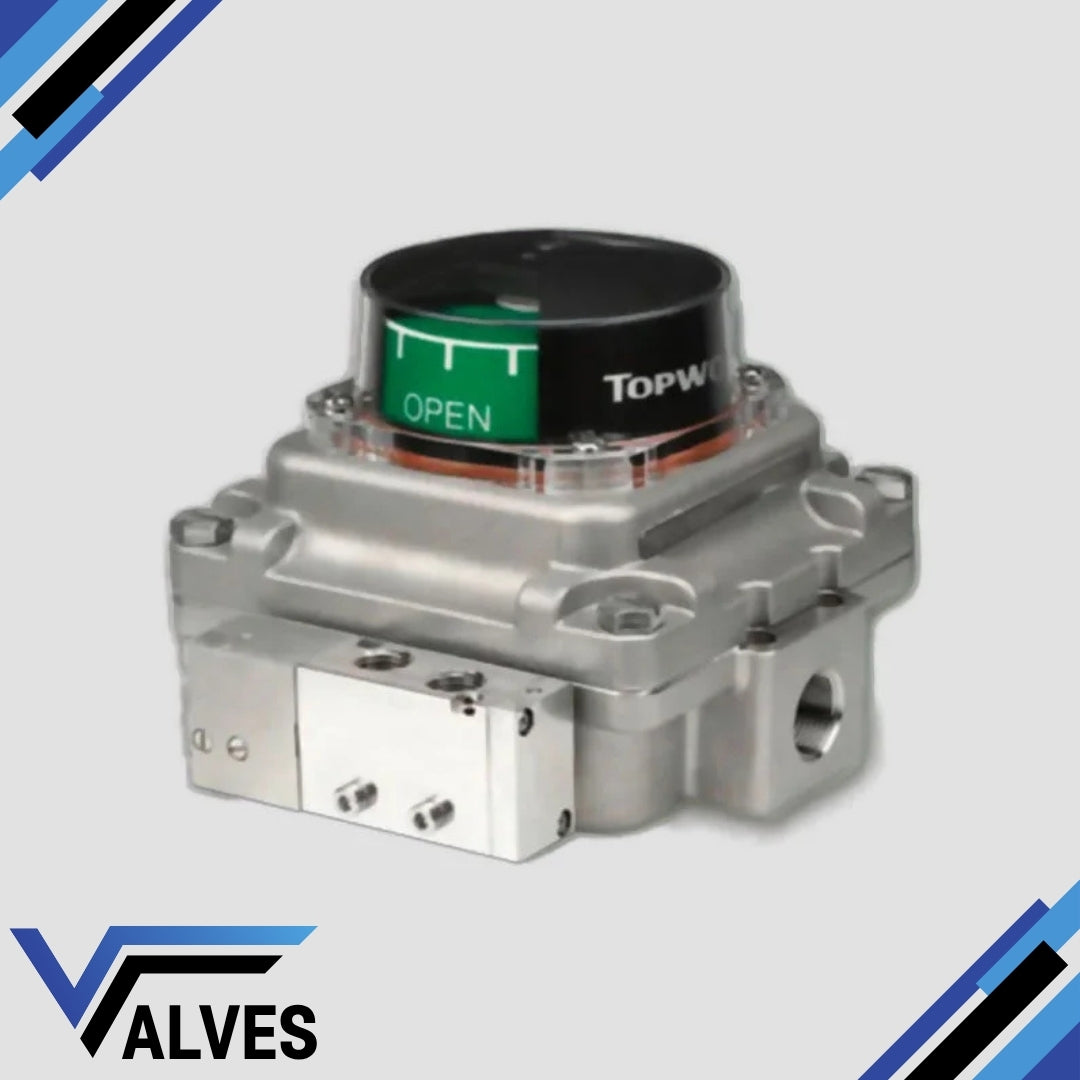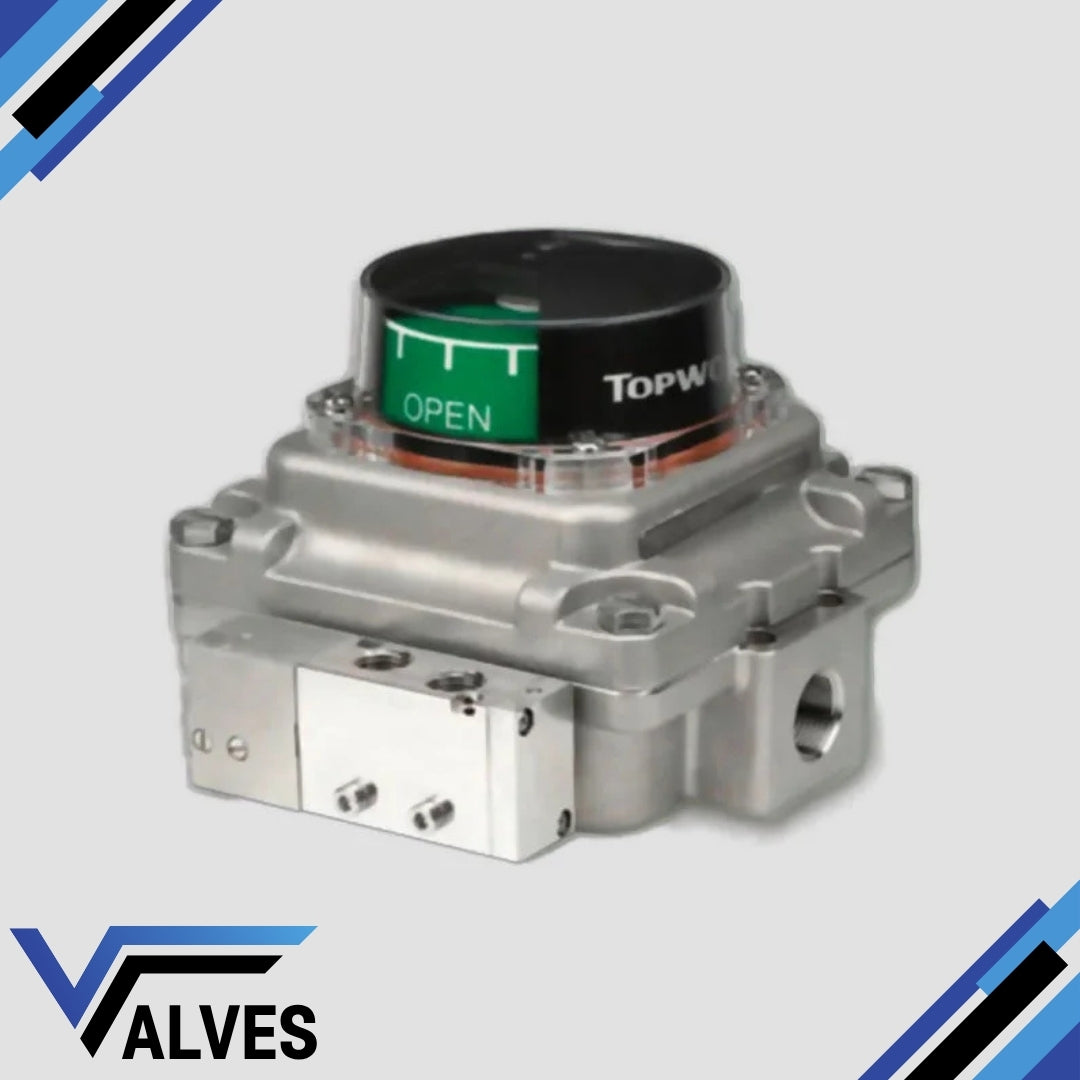Topworx Switchboxes
TopWorx Limit Switch Box TXS-0X1GMMM Valve Monitor
TopWorx Limit Switch Box TXS-0X1GMMM Valve Monitor
Couldn't load pickup availability
The TopWorx TXS-0X1GMMM Valve Monitor is designed to deliver superior performance in hazardous environments, offering accurate valve position monitoring with advanced features for reliability and durability. This valve monitor is part of Emerson's TX Series, known for its compact, explosion-proof enclosures, making it ideal for industries like oil and gas, chemical, and water treatment. Its robust construction and precise monitoring capabilities ensure consistent, safe operation in critical applications.
Key Features
- Explosion-Proof Design: Certified for use in hazardous areas, the TXS-0X1GMMM is compliant with ATEX, IECEx, and NEC standards for explosion protection, ensuring safety in Class I and II environments.
- Durable Enclosure: The enclosure is made from hard-coated anodised aluminum, providing resistance to corrosion and environmental wear. It also meets IP66/67 ratings for water and dust ingress protection.
- Accurate Position Monitoring: The device offers reliable and precise valve position feedback with various switch options, including mechanical and inductive proximity sensors for different applications.
- Flexible Integration: Compatible with a variety of bus networks like AS-Interface and Profibus DP, this valve monitor can seamlessly integrate with existing control systems.
- Wide Operating Range: With an operating temperature range from -40°C to +85°C, the TXS-0X1GMMM is suitable for use in extreme conditions.
Additional Information
The TXS-0X1GMMM model comes with multiple sensor and switch configurations, making it versatile for different operational needs. Its easy-to-install design and minimal maintenance requirements make it an excellent choice for applications requiring long-term reliability. The visual indicator provides clear feedback on valve status, allowing operators to monitor valve positions easily from a distance. It can also be paired with TopWorx GO Switches for enhanced performance in rugged environments.
Share

FAQ's
What is the difference between a valve and an actuator?
What types of actuators are available?
The main types of actuators are:
Pneumatic actuators – use compressed air for fast, reliable operation.
Electric actuators – use electrical power for precise control.
Hydraulic actuators – use fluid pressure for high-torque applications.
Each type offers unique advantages depending on the environment, media, and system control needs.
How do I choose the right actuator for my valve?
To select the correct actuator, consider:
Valve type and torque requirement
Power source available (air, electric, or hydraulic)
Operating environment (temperature, humidity, hazardous area)
Control signal type (on/off or modulating)
Matching actuator torque and compatibility with the valve’s ISO mounting ensures reliable performance.
What are the main types of valves used in automation?
The most common valves in automated systems include:
Ball valves – for tight shutoff and quick operation.
Butterfly valves – for larger flow control with compact design.
Globe valves – for precise throttling and flow regulation.
Check valves – to prevent backflow.
Gate valves – for full bore flow isolation.
What’s the difference between a double-acting and spring-return actuator?
Double-acting actuators use air (or power) to both open and close the valve.
Spring-return actuators use air to open (or close) the valve, and a built-in spring to automatically return it to a safe position when power or air is lost — ideal for fail-safe operation.
How often should valves and actuators be serviced?
Regular maintenance intervals depend on operating conditions, but a good rule of thumb is to inspect every 6–12 months.
This includes checking for leaks, lubrication, seal wear, and actuator responsiveness to prevent unexpected downtime.

